Rocket Lab is back in action.
The California-based company's two-stage Electron rocket aced its return-to-flight mission tonight (Aug. 30), delivering an Earth-observation satellite to orbit.
The launch, which took place at 11:05 p.m. EDT (0305 GMT on Aug. 31) from Rocket Lab's New Zealand launch site, was the first for the company since July 4, when an Electron failed shortly after liftoff. An investigation soon traced the cause of that anomaly to a single faulty electric connection in the booster's upper stage, an issue that Rocket Lab representatives said would be relatively straightforward to avoid on future flights.
Related: Rocket Lab and its Electron booster (photos)
There were no problems this time around.
The Electron booster successfully lofted a roughly 220-lb. (100 kilograms) satellite called Sequoia for the San Francisco company Capella Space, on a mission that Rocket Lab dubbed "I Can't Believe It's Not Optical."
Sequoia "will be the first publicly available satellite in the company's commercial Synthetic Aperture Radar (SAR) constellation," Rocket Lab representatives wrote in a mission description.
Get the Space.com Newsletter
Breaking space news, the latest updates on rocket launches, skywatching events and more!
"The mission name is a nod to Capella's SAR technology that provides high-quality images of the Earth day or night, and in any weather conditions," they added. "Capella's space-based radar can detect sub-0.5 meter changes on the surface of the Earth, providing insights and data that can be used for security, agricultural and infrastructure monitoring, as well as disaster response and recovery."
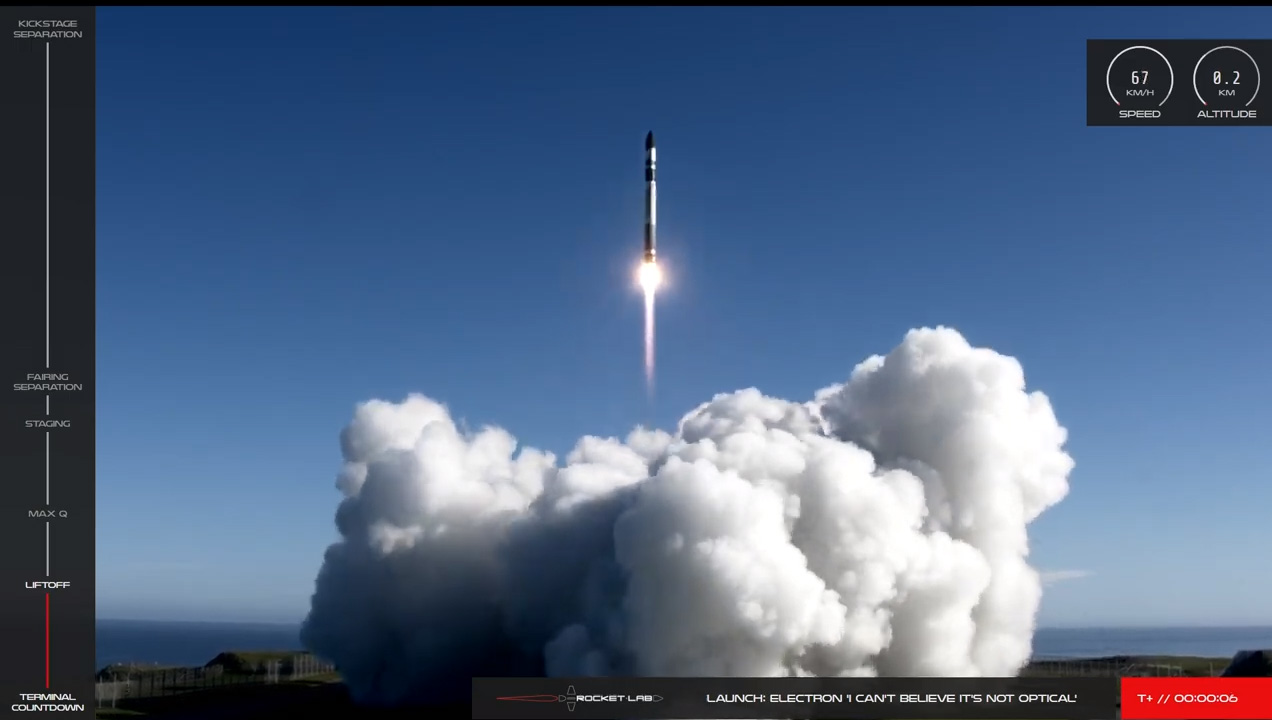
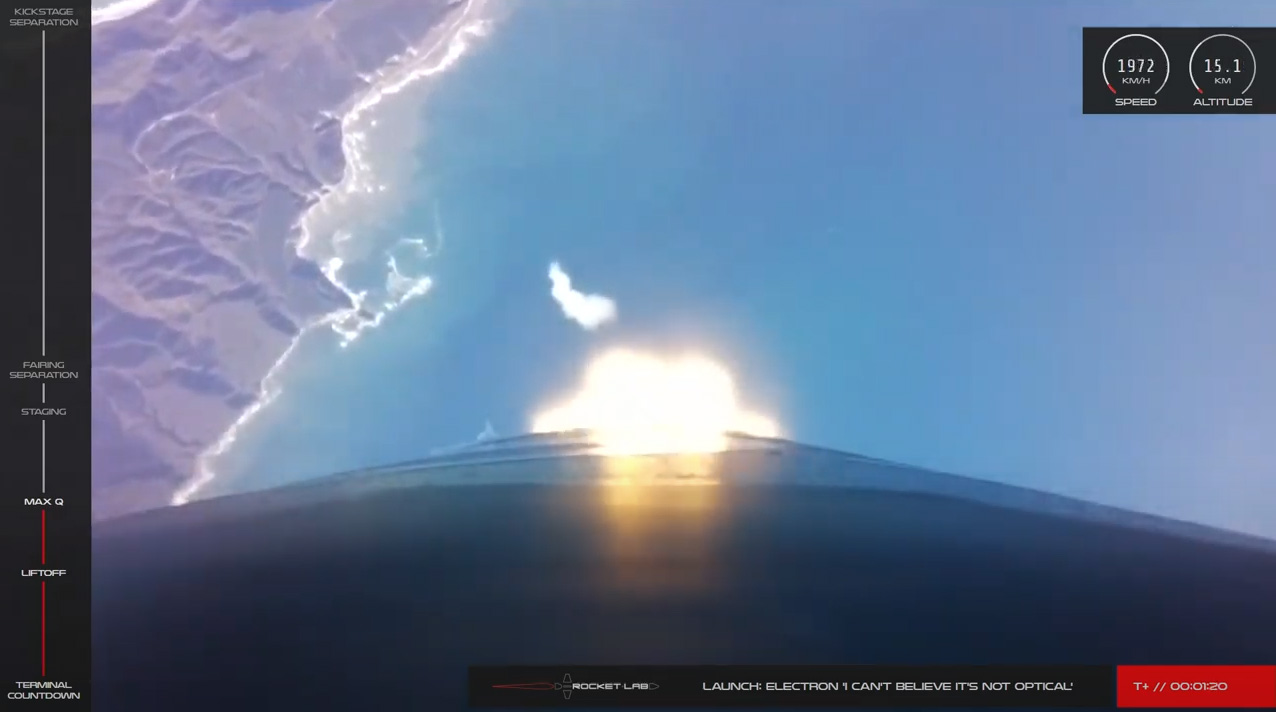
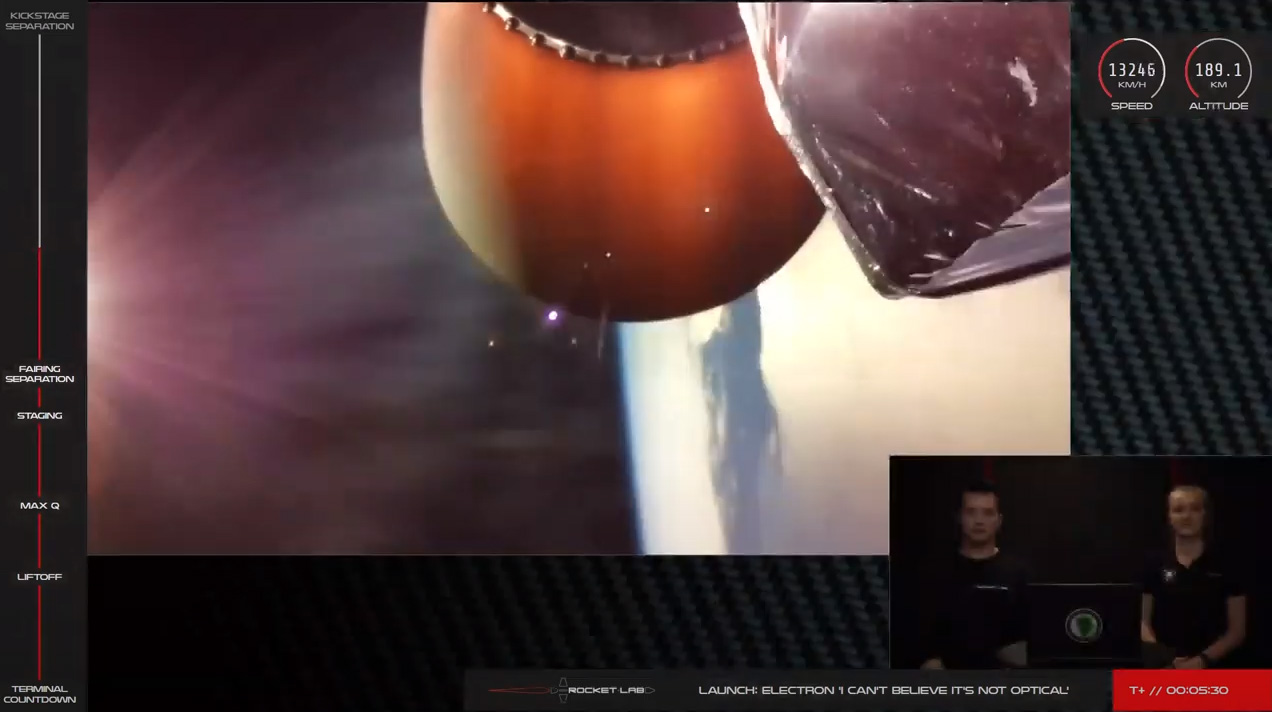
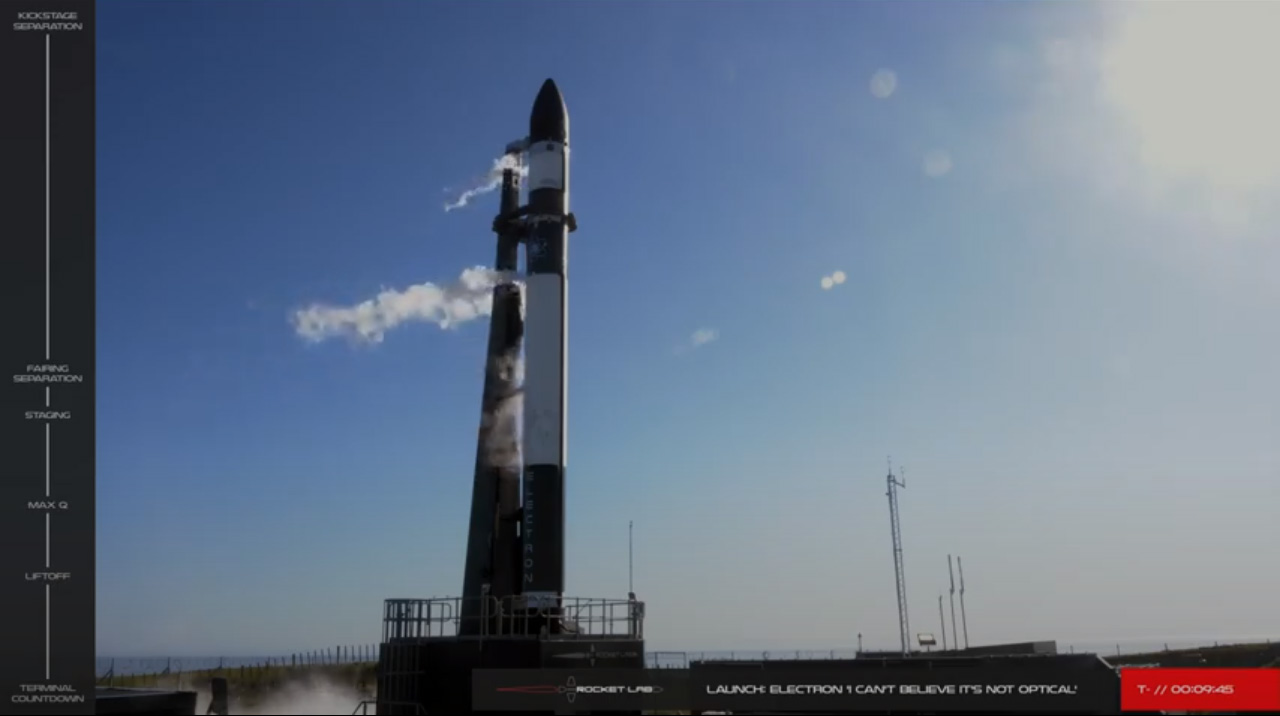
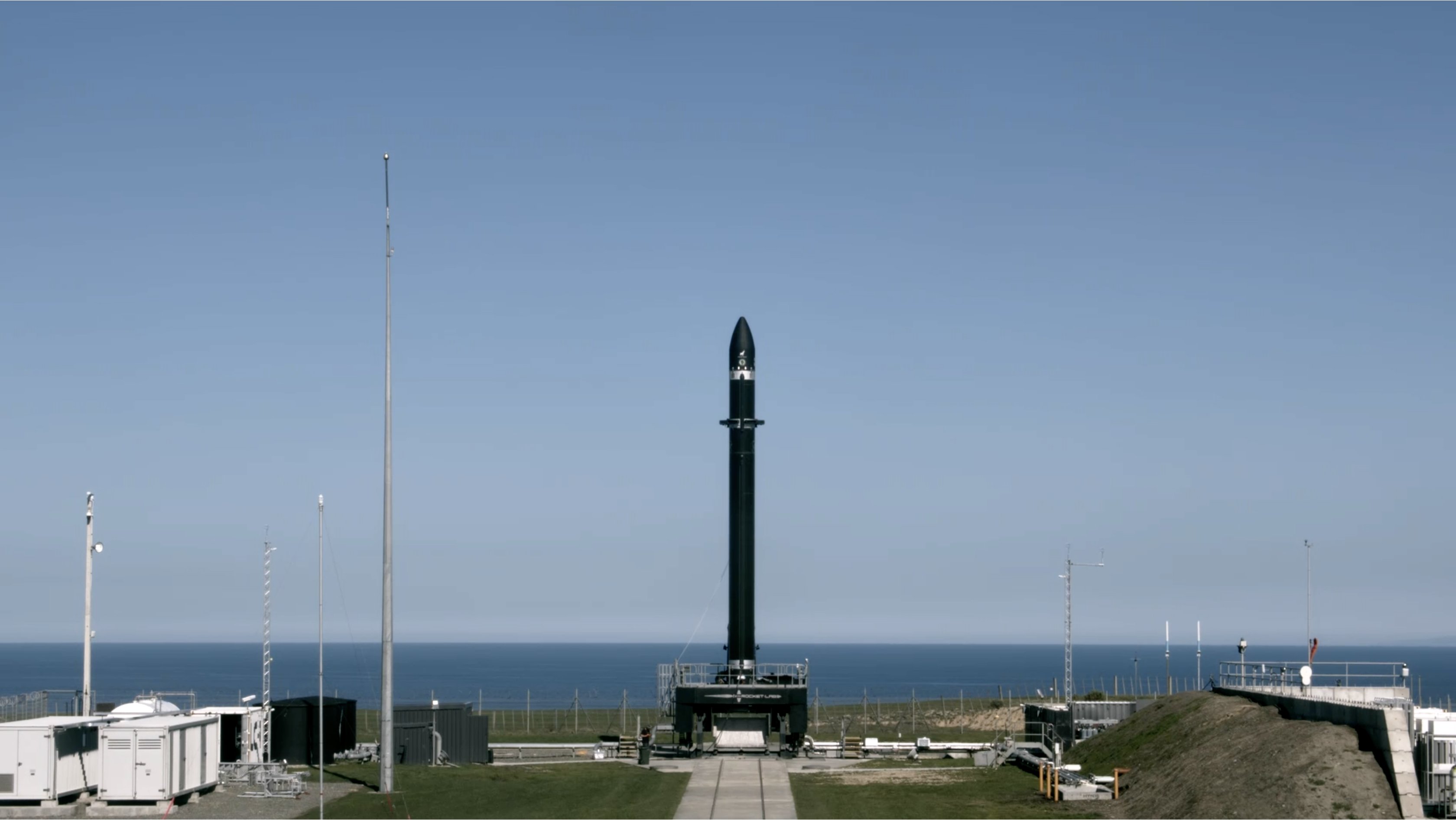
The 57-foot-tall (17 m) Electron provides dedicated rides to orbit for small satellites such as Sequoia, which are becoming more and more capable as electronic components continue to shrink.
"I Can't Believe It's Not Optical" was the 14th orbital launch for Electron, which debuted with a test flight in May 2017. The rocket had strung together 11 consecutive successful missions until the July 4 failure, which resulted in the loss of seven satellites.
Rocket Lab aims to greatly increase its launch cadence in the near future, an ambition that will be advanced by making Electron partly reusable. The company plans to recover Electron first stages shortly after launch, plucking the falling boosters out of the sky with a helicopter. (Electron is too small to make powered vertical landings, such as those performed by SpaceX's Falcon 9 rocket; the Rocket Lab booster cannot carry enough fuel to have the requisite amount left over for landing, company representatives have said.)
Rocket Lab has already taken steps toward this reusability vision. For example, the company demonstrated a helicopter catch during a dummy-booster drop test in March of this year. And it successfully guided Electron first stages back to Earth on missions 10 and 11, which launched in December 2019 and January 2020.
The returning boosters hit the ocean hard on those flights. But on Electron's 17th launch, which is scheduled to take place later this year, Rocket Lab plans to combine a guided re-entry with parachute deployment, ocean recovery and detailed inspection. (A helicopter won't be involved on that mission.)
"We'll fish it out of the ocean, bring it back, put it in the factory and then we'll really see what we've got. That will determine how much work we've got ahead of us," Rocket Lab CEO Peter Beck said on Aug. 5, during a company update and Q&A session that was livestreamed on YouTube.
"To date, the telemetry would say that we've got a pretty healthy stage, but that's where the rubber meets the road," Beck said.
Mike Wall is the author of "Out There" (Grand Central Publishing, 2018; illustrated by Karl Tate), a book about the search for alien life. Follow him on Twitter @michaeldwall. Follow us on Twitter @Spacedotcom or Facebook.
Join our Space Forums to keep talking space on the latest missions, night sky and more! And if you have a news tip, correction or comment, let us know at: community@space.com.

Michael Wall is a Senior Space Writer with Space.com and joined the team in 2010. He primarily covers exoplanets, spaceflight and military space, but has been known to dabble in the space art beat. His book about the search for alien life, "Out There," was published on Nov. 13, 2018. Before becoming a science writer, Michael worked as a herpetologist and wildlife biologist. He has a Ph.D. in evolutionary biology from the University of Sydney, Australia, a bachelor's degree from the University of Arizona, and a graduate certificate in science writing from the University of California, Santa Cruz. To find out what his latest project is, you can follow Michael on Twitter.









